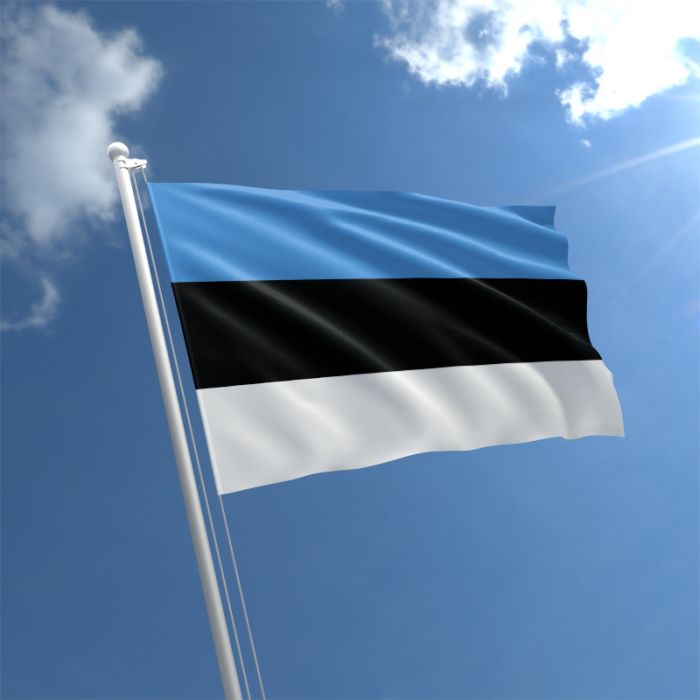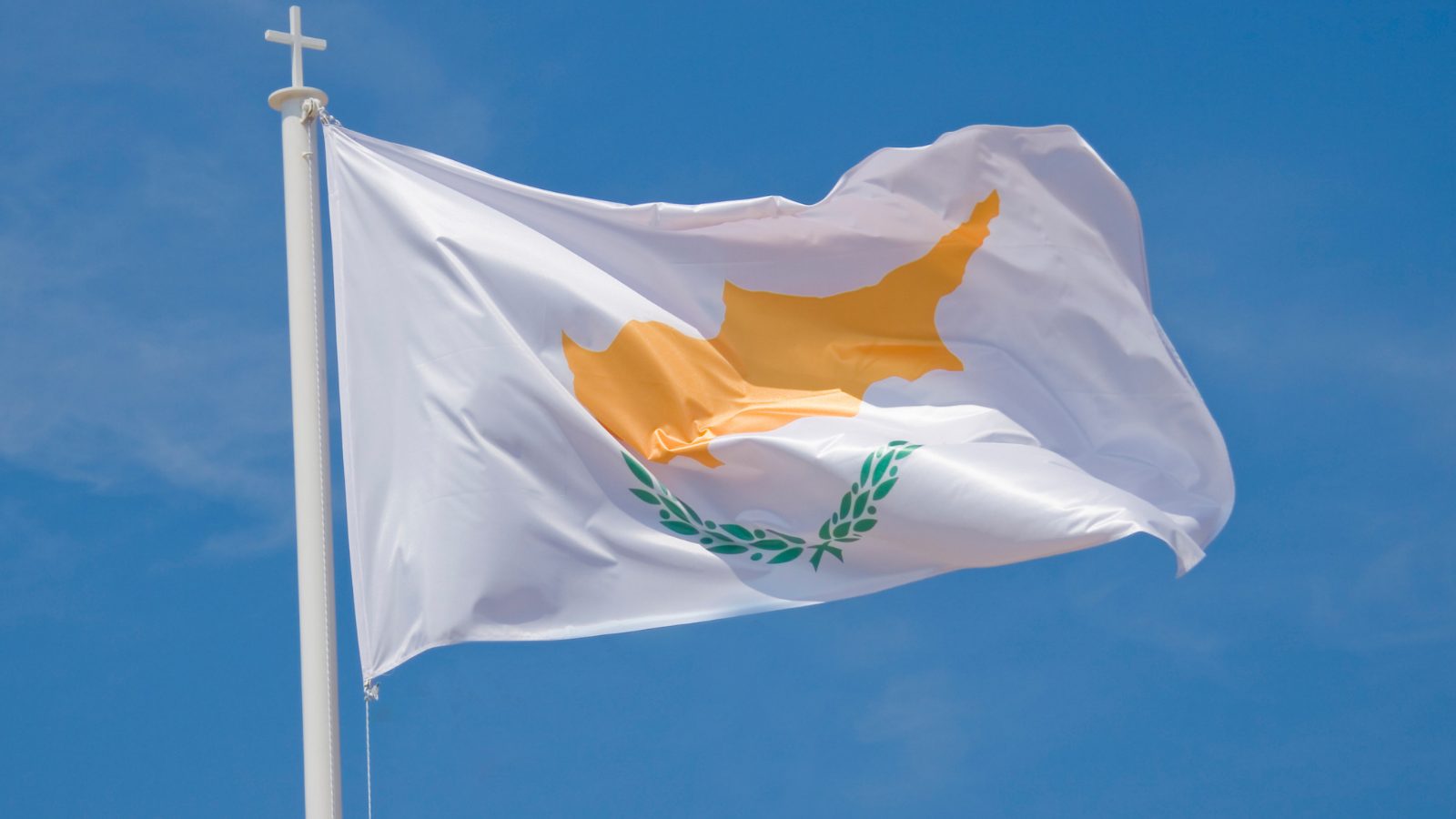The total number of resident permits that Estonia provides each year is limited. The limit is determined by the Estonian government and is based on the need for new immigrants and the infrastructure of the nation. There are two types of caps: long-term and short-term. Those who want to remain in Estonia for a period longer than a year fall under the category of long-term residents. For this group, the yearly limit is typically between 1,300 and 1,500 persons. Those who intend to remain in the nation for less than a year fall under the category of short-term residents. For this group, the yearly limit is typically between 1,000 and 1,500 persons.

Types of immigration restrictions in Estonia
The following categories are used frequently to describe immigration quota types:
The quota for temporary residence permits (TRPs)
The amount of TRPs that may be awarded to non-EU nationals is capped by an annual TRP quota imposed by the government of Estonia. The TRP enables visitors to remain in the nation for up to five years while working or studying there. The quota is broken down into several groups, including:
Employment
People who have received a job offer from an Estonian firm fall under this category. The employer must request the TRP on behalf of the employee.
Entrepreneurship
Those who intend to start a company in Estonia should apply under this category. A comprehensive business plan and specific financial criteria must be submitted by the applicant.
Study
Those who have been granted admission to a university or college in Estonia fall under this group. The candidate must provide documentation of acceptance and funding.
Working visa quota
The number of working visas that may be awarded to non-EU nationals who wish to work in the nation is restricted by the working visa quota. The quota is broken down into other categories, like:
Highly qualified workers
People who have a job offer in Estonia that pays at least twice the average gross monthly earnings in the nation fall into this category. The employer must request the working visa on behalf of the employee.
Seasonal workers
People who desire to work in Estonia for up to nine months a year fall under this group. The employer must request the working visa on behalf of the employee.
Unskilled workers
People who wish to work in the nation in particular industries, such as agriculture or construction, fall under this category. The working visa must be requested by the employer on the employee’s behalf.
Student visa quota
The number of student visas that may be awarded to non-EU nationals who wish to study in Estonia is restricted by the student visa quota. The number of openings at Estonian institutions and colleges often determines the quota. The candidate must have been accepted into an Estonian educational institution and have documentation of financial assistance to submit a student visa application.
Family unification quota
The number of residence permits that may be granted to relatives of Estonian citizens or residents is restricted by the family reunification quota. The family member must satisfy specific standards, such as financial assistance and health insurance, and the sponsor must be an Estonian citizen or resident.
It’s crucial to keep in mind that the quotas and ceilings may alter annually depending on the requirements of the nation and the volume of applications submitted. A criminal history check or linguistic competence may also be extra criteria for certain categories. For the most recent information and advice on the application procedure, it is advised that you speak with an immigration lawyer or the Estonian embassy or consulate in your country.
You may also find these articles helpful
Moving to Estonia: Full relocation guide
Working in Estonia as an expat



